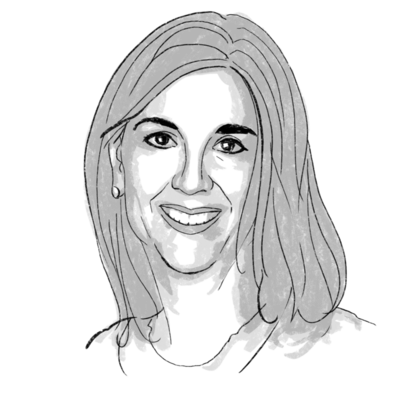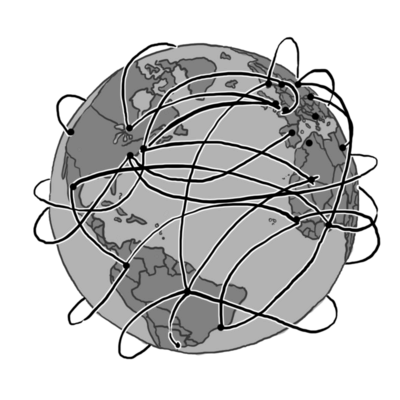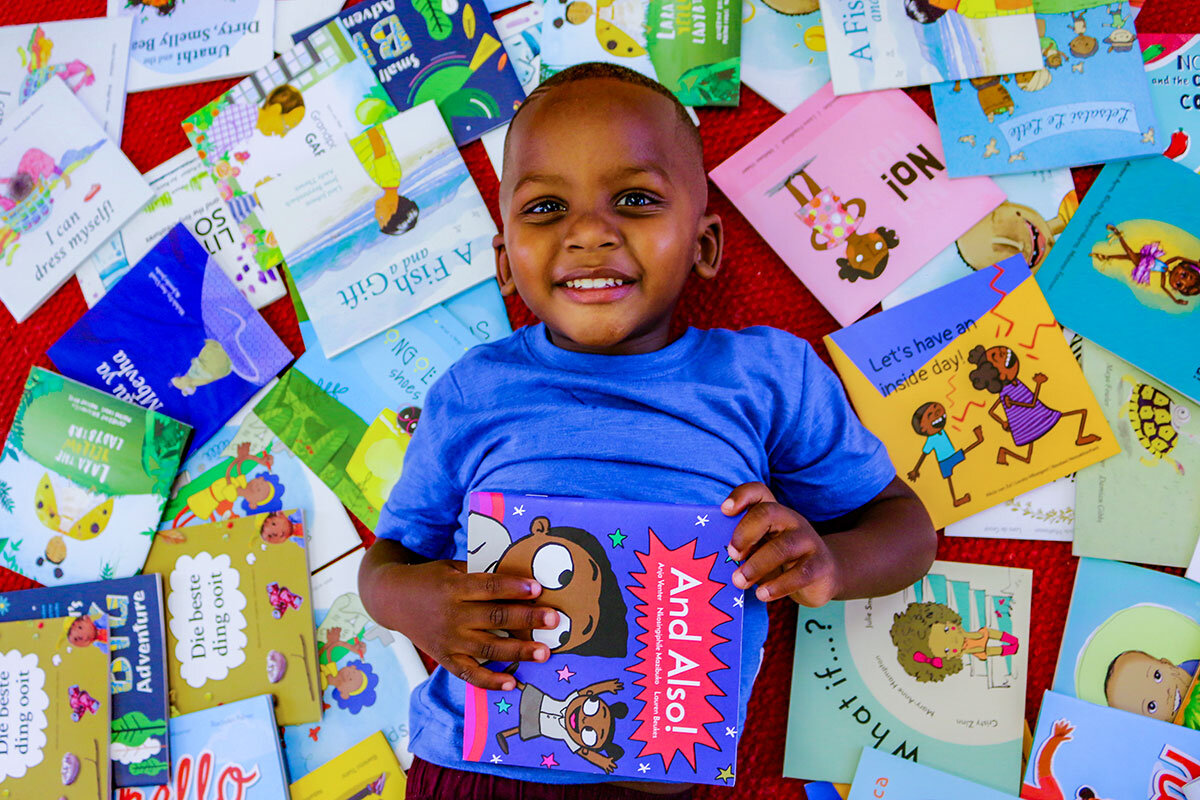The pandemic drove more homeless people into tents, and emergency public health measures allowed many to remain undisturbed. Now, localities are trying to find better housing and care solutions.
Monitor Daily Podcast
- Follow us:
- Apple Podcasts
- Spotify
- RSS Feed
- Download
 April Austin
April Austin
Sometimes an old building is worth preserving for its own sake, because it is beautiful, not just for the history it represents.
For years, I would walk past the former Coca-Cola bottling plant in downtown Indianapolis and admire its streamlined 1920s art deco design. I would touch the cream-colored tile that covered the exterior of the building and whisper a prayer that someone would see its beauty and restore it, rather than tear it down, as so often happens.
On a recent visit to my hometown, I made a pilgrimage to the new Bottleworks District, a mixed-use $260 million redevelopment of that old soft drink factory. The buildings have been lovingly and thoughtfully restored to pristine condition. The tile sparkles, the doors gleam. Inside, the reclaimed lobby now serves luxury hotel guests instead of soft drink executives. It boasts floor-to-ceiling mosaics along with grillwork in the shape of a flowing fountain – a nod to the effervescence of the carbonated drink.
Few companies today would go to the trouble to create a total work of art, from bottom to top, for a mere factory complex, the way the original owners of the Coca-Cola plant did. By doing so, they made a statement about artistry, elegance, and the utility of beauty.










